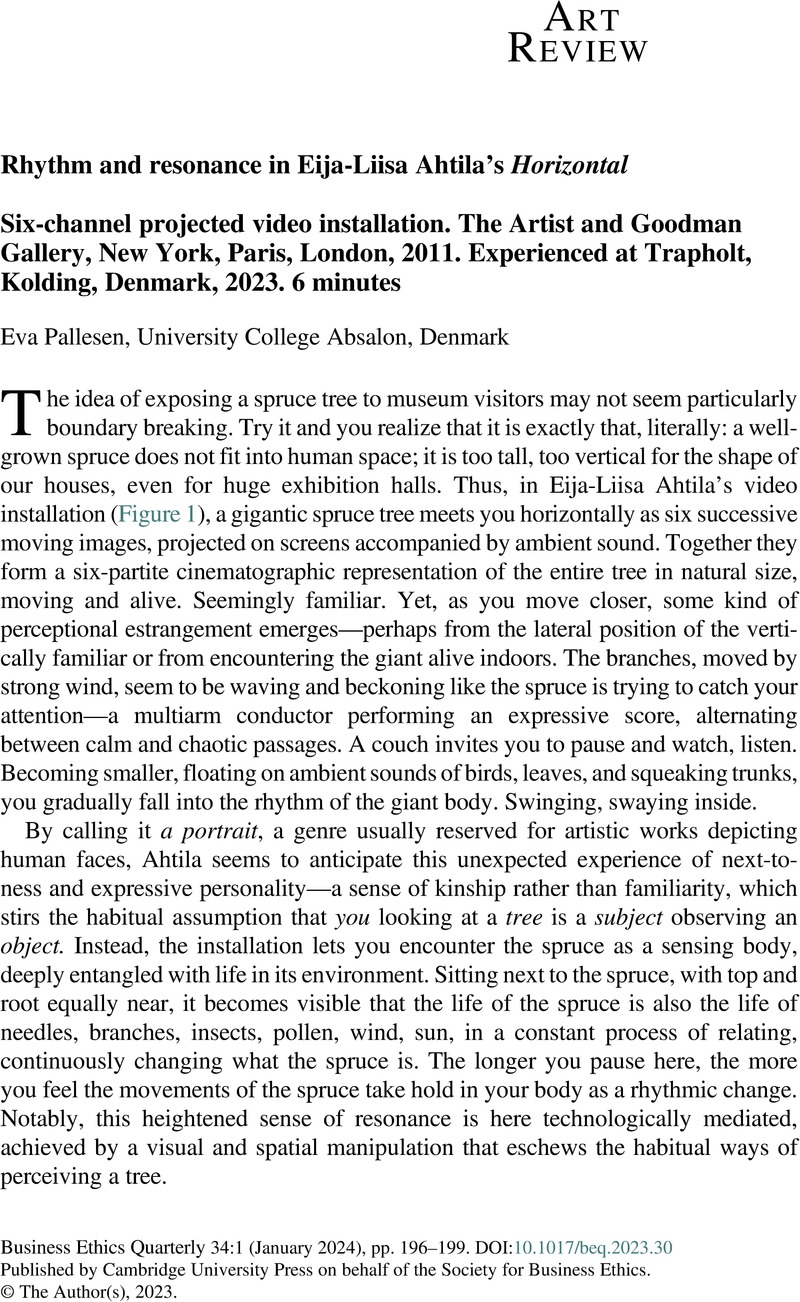Crossref Citations
This article has been cited by the following publications. This list is generated based on data provided by Crossref.
Huopalainen, Astrid
and
Jammaers, Eline
2024.
“Making the unimaginable imaginable?” The power of artmaking in understanding animal vulnerabilities and “humanimal” relationality in Organization Studies.
Organization,



